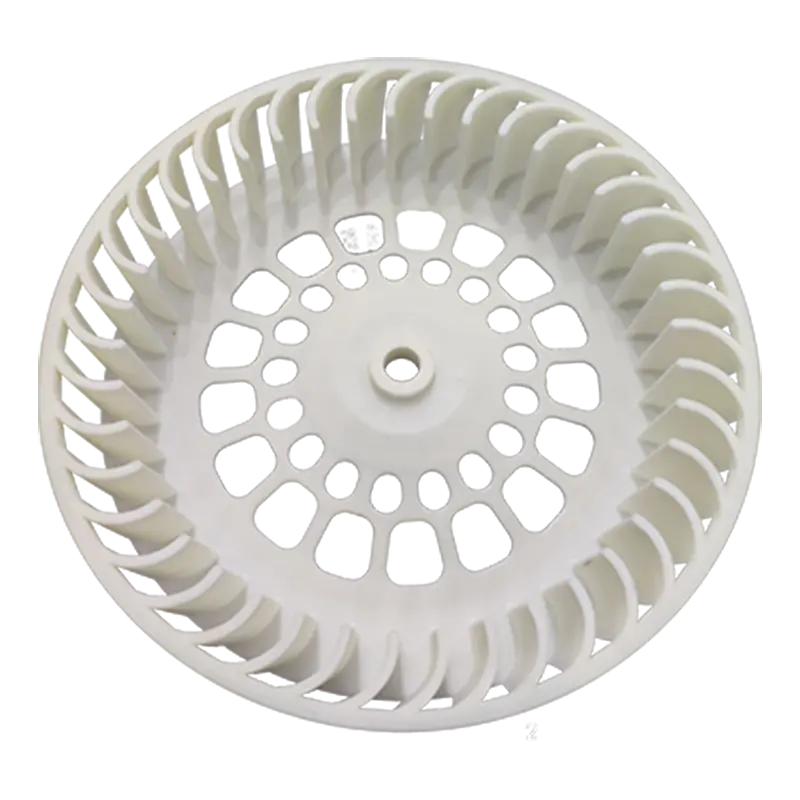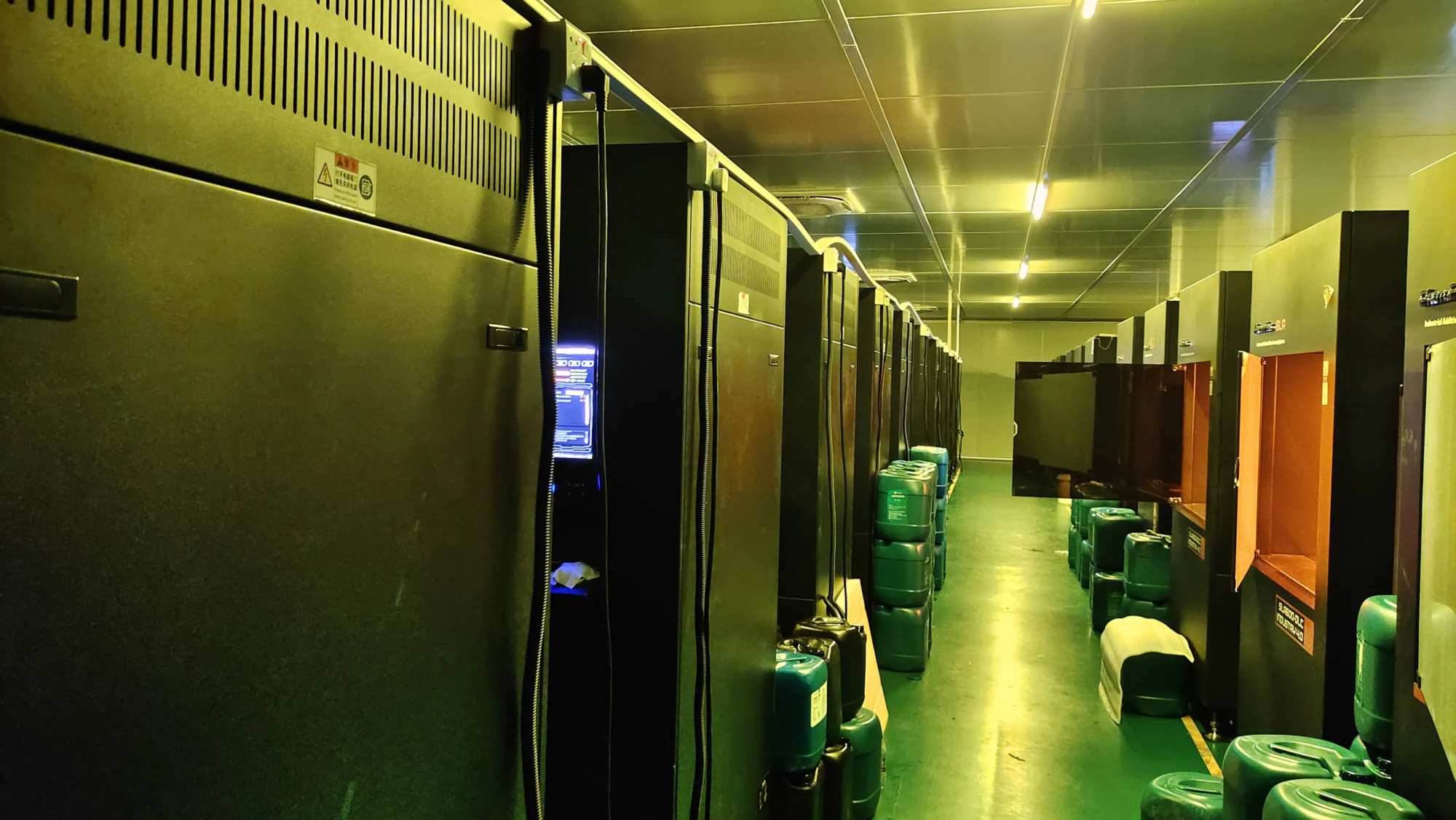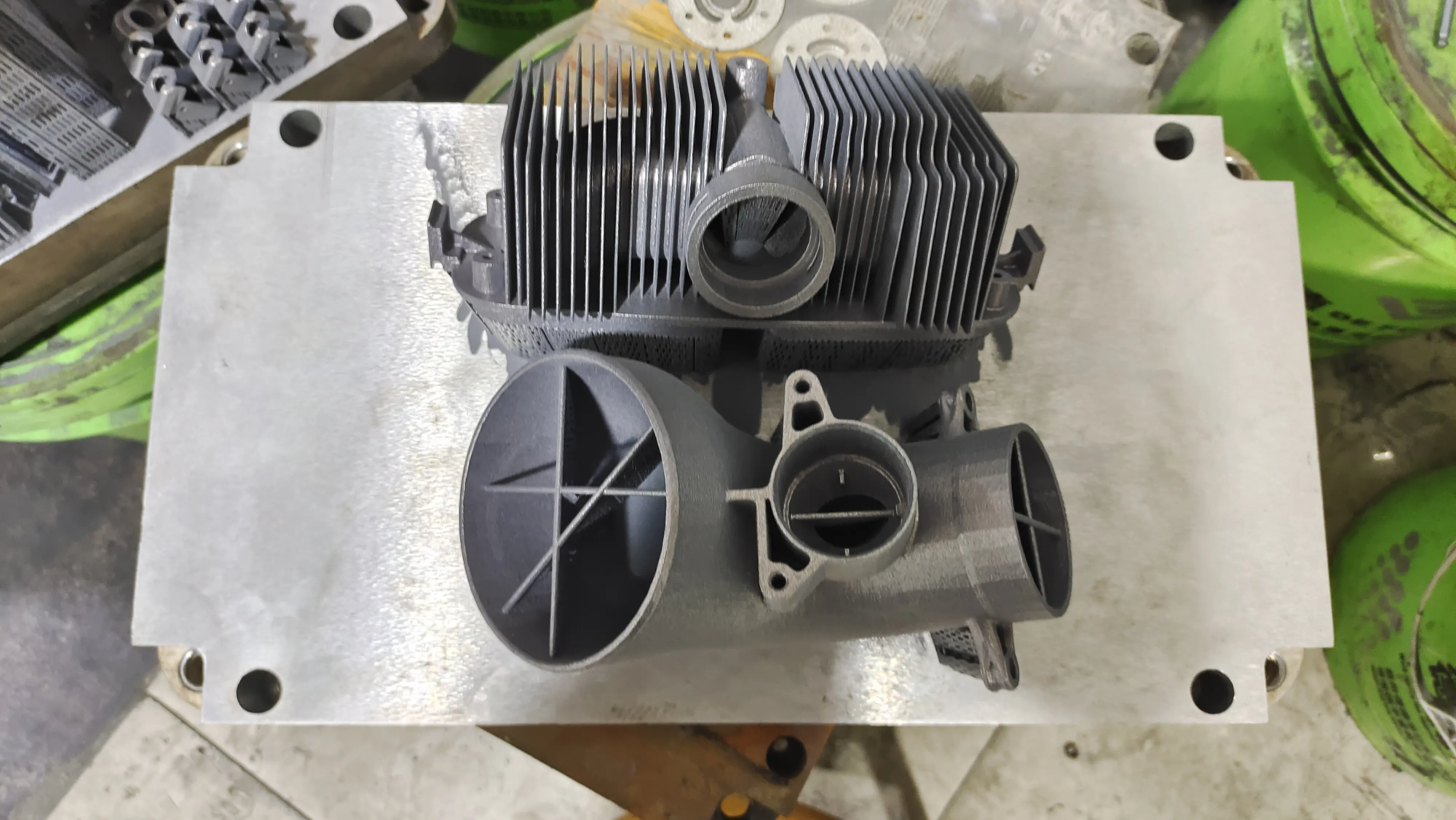Relentless Trek: How Marathon 3D Printing Evolved into Reshaping Manufacturing
The dream of 3D printing is not just about creating complex shapes; it is about pushing boundaries. One of the most transformative boundaries is the pursuit Marathon 3D Printing – Ability to run the printer continuously for days or even weeks, resulting in large scale, complex or large amounts of parts without interruption. This is not always possible. In the early days, 3D printers were temperamental machines, prone to jam, layer shifting and thermal conflicts, which made gambling prints all night, not to mention a multi-day marathon. This capability development is a story of relentless engineering innovation and its impact on industries such as rapid prototype and end-use parts production.
Early Struggle: Sprinting and Frequent Trip
In the nascent phase (mainly FDM/FFF and early SLA/SLS), 3D printers are designed for short demonstrations or small prototypes. Key restrictions hinder the long-term:
- Mechanical instability: Swinging frames, inaccurate stepper motors and unreliable belt systems lead to long-term misalignment of layers (bands, movement). Vibration accumulates, destroying prints.
- Thermal management dilemma: Keeping consistent bed and nozzle/extruder temperatures for hours or days is challenging. Thermal creep (unnecessary heat propagates over the filament path), over time, insufficient bed adhesion and fluctuations in ambient temperature can lead to distortion, stratification, or catastrophic failure.
- Material inconsistency: Early filaments and resins lack the uniformity required for extended extrusion or curing. Absorption during long printing is a major problem with plastics.
- Control system limitations: Firmware and software work hard to reliably handle large numbers of G-code files. A power outage or glitch means a total print failure without recovery options.
- Parts wear: Continuous operation emphasizes components such as nozzles, belts, bearings and lead screws, which go far beyond their initial design specifications.
These barriers downgrade long-term printing to a determined amateur or specialized industrial machine, expensive and inaccessible for many prototype workflows.
Engineering endurance: Key evolution leap
Transforming into a reliable marathon machine involves innovation in many ways:
Strong hardware foundation:
- Industrial-grade sports system: Precision linear tracks, high torque pedals or servo with advanced micropads, reinforced faucets and vibration damping bases have become standard. The closed-loop feedback system corrects the position error in real time.
- Advanced Thermal Control: Complex heating bed with high-quality insulation layer and PID adjustment algorithm. High-performance thermal tables are designed for minimal thermal creep and consistent flow, often with a full metal design and advanced cooling. Indoor heaters and control materials (e.g., high temperature thermoplastics, engineering resins) are required for materials of specific ambient temperatures.
- Enhanced Components: Wear-resistant nozzles (hardened steel, ruby), high-quality belts and pulleys, and maintenance-friendly design are crucial to life.
Software and Intelligence:
- Power loss recovery: The feature makes the printer resume printing after a power interruption becomes essential, saving hours or days of work.
- Fault detection: Sensors monitor nozzle clogging, filament jumps, chamber temperature deviations, and even bed adhesion problems (for example, using AI-Assiscrist system Systems) may pause printing before a complete failure, enabling intervention.
- Advanced slicing algorithm: The software optimizes the pathways for long-term speed, cooling and reliability, minimizing unnecessary movement and stress. Support structures become smarter and easier to delete after printing.
- Cloud monitoring and remote management: Allowing engineers to remotely monitor critical parameters (temperature, progress) and intervene when needed is critical to the manufacturing of the lamp.
Materials Science Breakthrough: Develop highly stable low-volatility engineered wires (ASA, PC, nylon mixture), high temperature thermoplastics (PEEK, PEKK, ULTEM) and resins with consistent curing properties, specifically for large, long-powdered printing.
- The rise of industrial powers (such as SLM):
- Metal Marathon Printing: Selective laser melting (SLM) technology working in carefully controlled inert gas chambers is inherently designed for long-building. But, push it "marathon" Functions involve a large scale build volume (think meter, not centimeters), complex multi-laser strategies integrating faster build rates, advanced re-finishing systems with powder consistency in a few days, and predictive maintenance algorithms for key components such as lasers and optics. System redundancy becomes crucial for uninterrupted production.
Marathon prototype differences: Why it matters to you
For fast prototyping and manufacturing, reliable marathon 3D printing is revolutionary:
- Large-scale single-part manufacturing: Create considerable functional prototypes (e.g. automotive components, aerospace shells, building models, custom fixtures) without assembly.
- A large number of prototype iterations: Running multiple iterations or batches continuously without the need for a continuous machine nanny, dramatically speeding up the development cycle.
- Complex geometric shapes, uninterrupted: Construction of highly complex dense structures (conformal cooling channels, lattice structures, topological optimization) requires extended printing time without failure.
- True production potential: Seamlessly move from prototype verification to decimals, on-demand end-use production of parts without significant heavy duty costs.
- Material Confidence: Throughout the section, long-term printing requires consistent material properties, which is critical for functional testing and production of parts.
GRESTHERMENG: Your partner continues to innovate
exist Greatwe are at the forefront of utilization 3D printing technology for marathon racing capabilities,,,,, Especially in the harsh metal field. Our Advanced SLM (Selective Laser Melting) 3D Printer It is the main force designed for reliability and endurance. We understand the critical role that uninterrupted large-scale construction plays in solving complex rapid prototype challenges and enabling direct production.
Our expertise goes far beyond that "Print":
- Strong production technology: We have invested in industrial-grade equipment designed and maintained for continuous operations to ensure successful and gradually manufacturing of marathon times.
- Metal Focus: We specialize in metals (aluminum, titanium, stainless steel, inconel, etc.), and we master the complexity of the long-term metal AM process for important components.
- End-to-end solution: From initial design consultation to using marathon features to experts SLM Printingwe provide comprehensive One-stop post-processing and completion service – Accurate machining, heat treatment, surface finish (blasting, polishing) and quality inspection – Provides true functional parts.
- Material mastery: We use a variety of high-performance metal powders and understand their behavior in long-term construction. Make a request for custom materials.
- Customization and speed: As a leader Rapid prototyping company from ChinaWe do outstandingly in customizing solutions quickly and effectively, providing Competing Price Without compromise, we have the quality of marathon technology.
Conclusion: Uninterrupted vision
The evolution of marathon 3D printing proves engineering innovation and pushes the limits of additive manufacturing. What once was a high-risk effort is now a reliable production tool. From creating large concept models to producing certified flight components, the ability to print continuously for several days fundamentally changes the possibilities of design and manufacturing. This relentless pursuit of endurance means faster iteration, bolder design, simpler assembly and ultimately functional implementation of complex ideas at speeds and scales previously unimaginable. For innovators and engineers, reliable marathon printing is more than just time; it’s about unlocking potential.
Frequently Asked Questions about Marathon 3D Printing (FAQ)
What exactly is defined "marathon" 3D printing?
There is no strict number of hours. Typically, it refers to any print job that runs continuously for 24 hours or more, usually extending to days or even weeks. It is characterized by the need for excellent machine reliability and stability.
Is Marathon 3D used only for plastic?
Absolutely not! While high-end FDM and large resin printers can be realized for a long time, they can be found in some of the most demanding marathon applications. Metal 3D printingespecially using powder bed fusion technology such as SLM/DML. Building large, dense metal parts inherently takes a lot of time.
What is the biggest risk in long-term printing?
Key risks include mechanical failure (belt snapshots, bearing wear), thermal runaway or instability, power interruption, filament jump or clogging, software failure, and loss of bed adhesion over time. Industrial systems mitigate these systems through redundant systems, powerful design and monitoring.
How can companies like Greatlight ensure successful long-term metal prints (SLM)?
We rely on:
- Industrial grade, high reliability SLM machines.
- Meticulous machine calibration and maintenance schedule.
- Redundant critical systems (e.g. laser, sensor, gas treatment).
- Real-time process monitoring and remote intervention capabilities.
- Optimized build files and parameter sets for stability.
- Controlled environment (temperature, humidity, inert gas purity).
Which materials are suitable for marathon 3D printing?
Material stability is crucial. Engineering thermoplastics (e.g., ABS, ASA, nylon, PC, PEEK) are common for plastics. SLA has high performance, low rotation resin. In fact, all metals used in SLM (e.g. Ti64, Alsi10mg, stainless steel 316L, Inconel 718/625) are designed for these processes, although the parameters must be strictly controlled. Open desktop printers are more restrictive to marathons.
Are marathon prints more expensive?
Up-front machine costs are often higher due to the robustness and technology required. but, efficiency Possible cost savings: Reduce manual intervention, resulting in large/complex parts that are otherwise impossible, thus minimizing the waste of attempt failures, while direct production eliminates tool costs. This value is usually greater than the incremental cost per machine hour.
Can I completely unattended a marathon printer?
And the system is for "The light comes out" Using remote monitoring, completely unattended operations (for example, leaving the entire print site) are inherently risky. Professional systems can achieve important autonomy, but supervision is recommended, especially for very long or critical constructions. Features such as remote cameras and automatic alarms can improve security.
- How does marathon printing particularly affect rapid prototyping?
It accelerates the entire cycle by allowing for early testing of larger, more integrated prototypes. Designers are not subject to printing time or need to split large models. Complex functional testing can now be performed on large prototypes on a single part, thus providing more accurate verification in development.
Pushing boundaries requires reliability. Ready to harness the power of uninterrupted, large-scale or complex parts of creation? Greatlight’s advanced SLM technology and expertise are your continuous innovation solution in rapid metal prototyping and production. Start customizing parts with Precision now.





